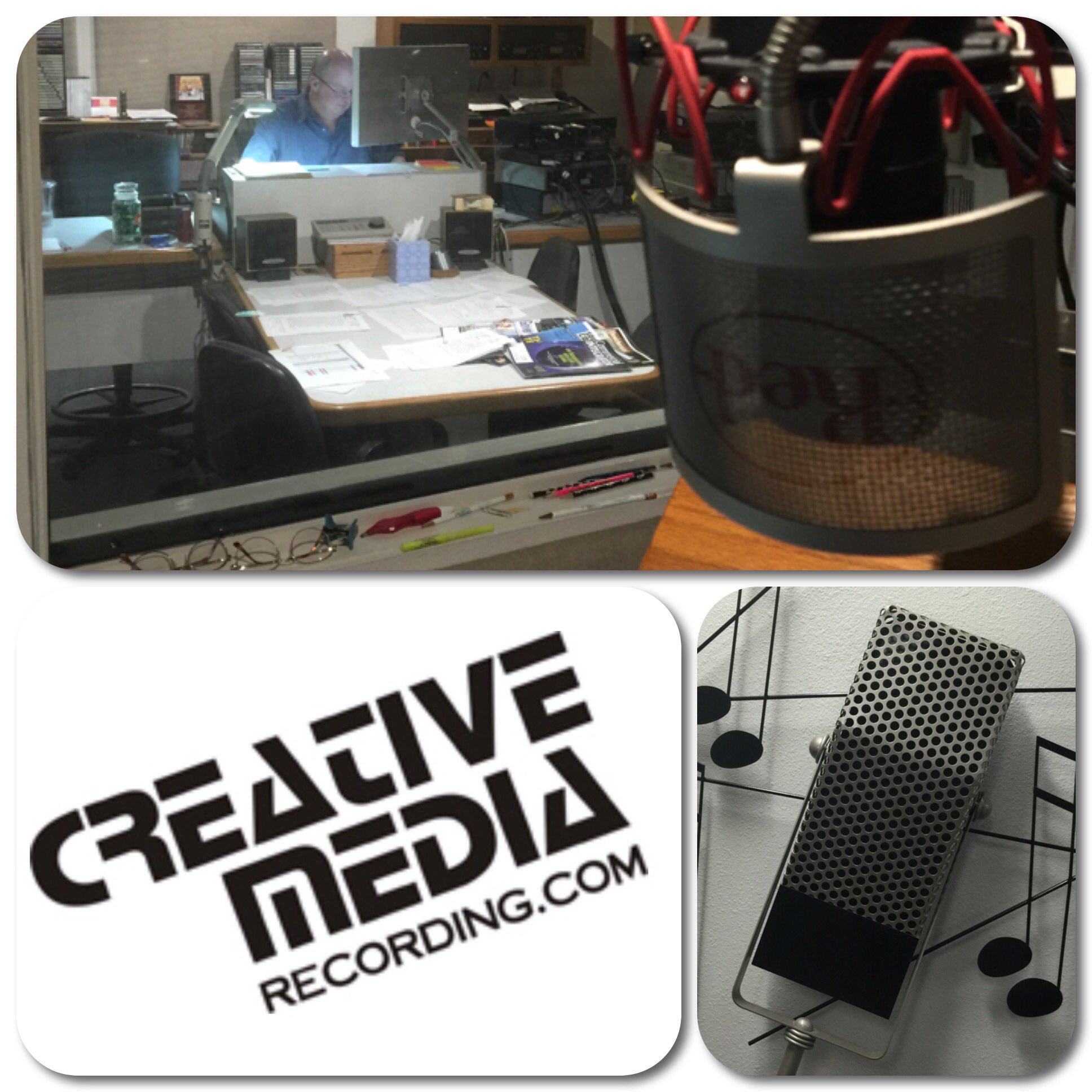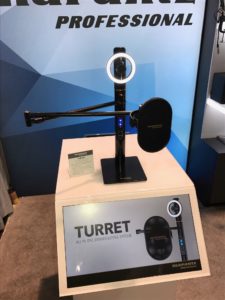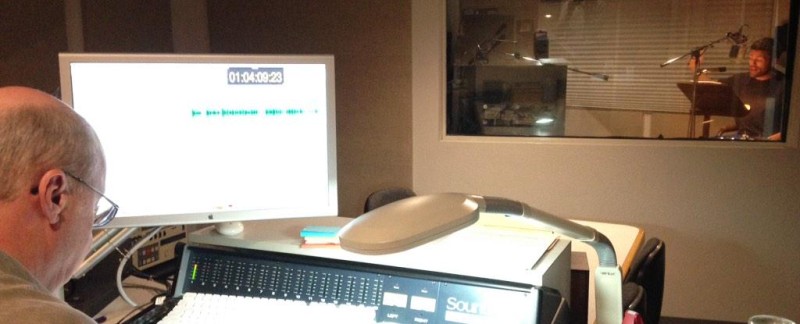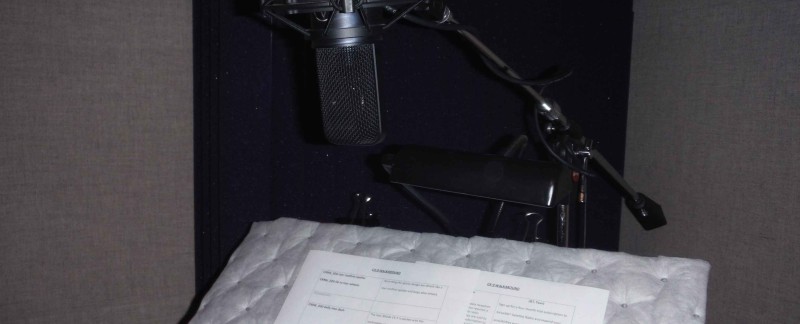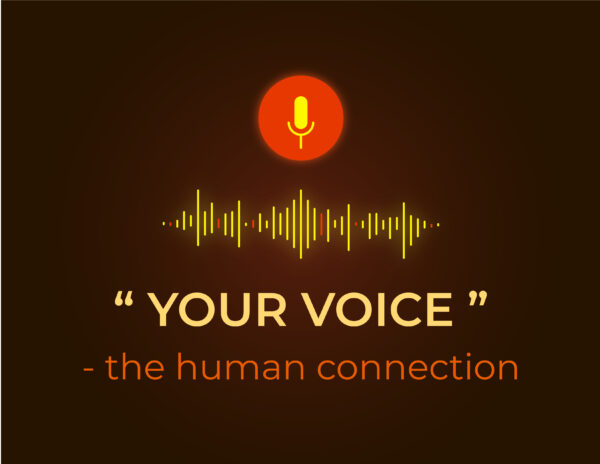
By Tim Keenan and Mike Laponis
Every one of us has an imprinted memory from our youth of an unusual or significant VOICE – either a voice talent or on camera actor, or even a singer or music group. That voice or collection of voices resonated with us somehow and planted those memories.
In today’s new norm of separation, your VOICE has the ability to bridge the gap and may, for quite a while, be able to professionally replace the connection of the handshake or the hug. In these times of physical distancing, our voice already has an increased importance with staying closely connected to family, friends, business associates, clients, and potential clients.
The intimacy that the human voice conveys has tremendous power and impact, that is now even more important in business communication. Communication professionals and content creators will need to tap into the skills you’ve developed in abundance moving forward.
The business world has already seen a tremendous surge in targeted consumer and business podcasting as well as distance learning. Sales of Audiobooks are booming right now. And the trend toward creating pre-produced educational content, instead of using live instructors in a group setting, will also expand for business and education over the next year in order to avoid the impact of the current COVID19 contagion.
Voice professionals will be in more demand as we move forward. The best part of this is that each of us has our own unique voice and sound. And it communicates so much. Not with just the actual vocabulary, but intonation, pitch, attitude…emotion. Your voice says so much. It conveys so many emotions. It creates a common bond…a human connection.
SCIENCE CONFIRMS IT
Is there some science that back all this up? You bet.
There are studies that show babies recognize their Mom’s voice even from inside the womb. https://abcnews.go.com/Technology/story?id=97635&page=1 Even that early in life, we can already distinguish who is speaking. These sounds stir emotions, quicken heartbeats, create bonds – all by the sound of one’s voice. The connections are real. It’s all a part of a bond, that even with physical distance, your voice maintains that human connection.
The human voice can even create emotions without really saying any words. Such a range! Or the very same words you say can vary in meaning by the emotion expressed. All with your voice. The human voice creates emotions. https://greatergood.berkeley.edu/article/item/the_human_voice_can_communicate_24_emotions
In this article there is a wonderful interactive map, that when activated you hear different emotions communicated through vocal sounds. By hovering your mouse over the particular emotion, you hear vocalized sounds that convey particular emotions. It is incredible! Especially as you move from emotion to emotion and the parts in between. You hear it morph into another emotion.
TRY INTERACTIVE MAP OF SOUNDS
You have to try it! https://s3-us-west-1.amazonaws.com/vocs/map.html# . This clearly demonstrates the ability and range of human sound. Our vocal chords convey meaning through the sounds we are able to make. This is the amazing ability to CONNECT. It is why the voice is so powerful in reaching and connecting with others. The human connection. We convey meaning, and express emotion with our voice.
It’s up to you to tap into all that your voice can convey to deliver a message with impact and warmth and honesty. Now is the time to be ready to use all your tools and share your gifts in order to help the business world communicate and CONNECT to their employees and customers like never before.
ABOUT MIKE LAPONIS and TIM KEENAN
Mike Laponis is a Southern California based Voiceover Talent, and Audio Producer. He is currently a Professor of Communications at the University of La Verne. His website is MikesVO.com
Tim Keenan is the owner of Creative Media Recording, a full service, Southern California audio production company serving independent producers, corporations and ad agencies. At Creative Media is the senior audio engineer, casting director and an active voice talent.

